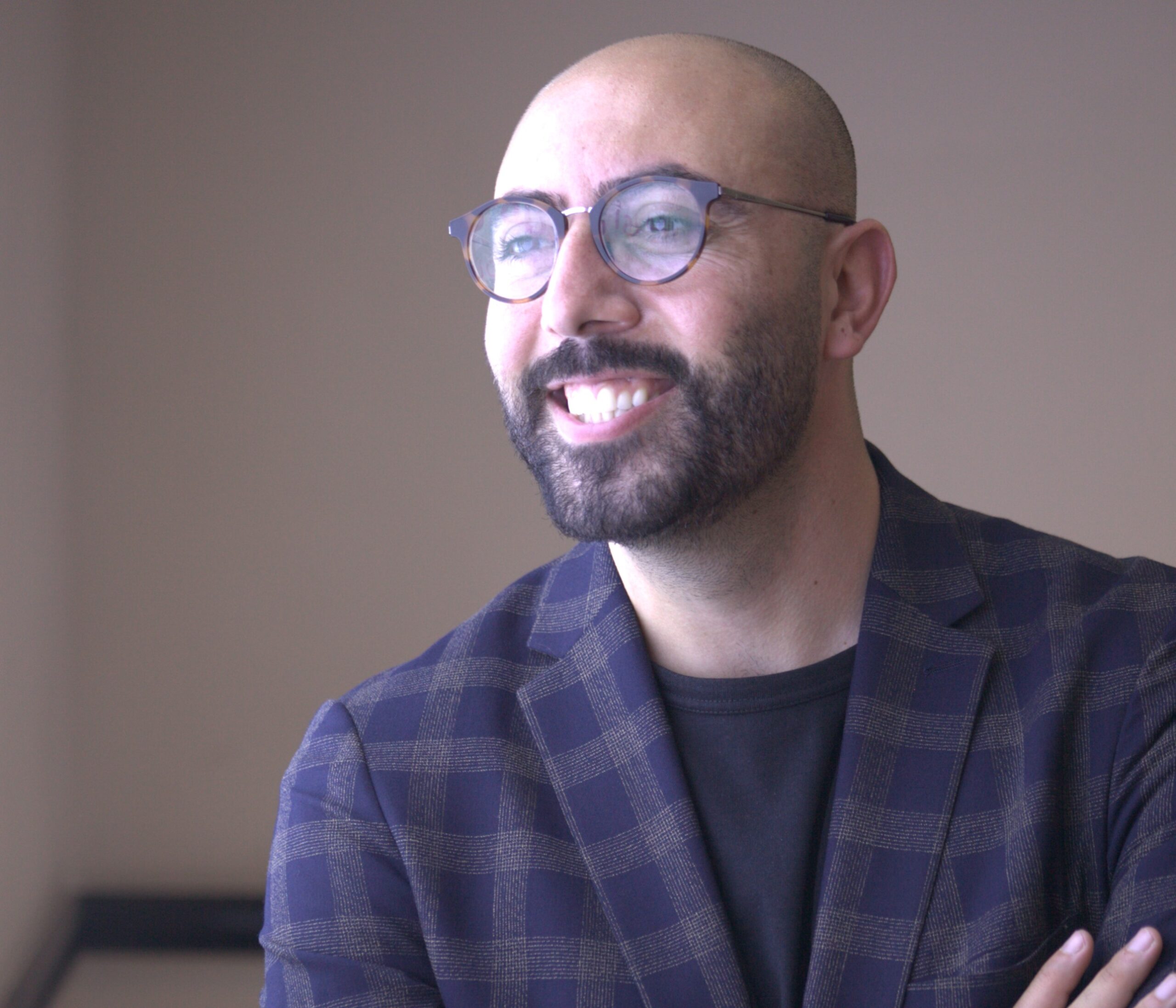The national intelligence agency PET was directly involved in the hunt for one of the world's most wanted terrorist leaders – al-Qaeda's Anwar al-Awlaki – before he was killed in a US drone attack in September of last year.
Morten Storm, a 36-year-old PET agent working with the CIA, told Jyllands-Posten newspaper that he infiltrated al-Awlaki’s inner circle and was responsible for the series of events that led to the al-Qaeda leader’s demise.
“I helped the CIA and PET track Anwar so the Americans could send a drone after him,” Storm told Jyllands-Posten. “That was the plan, which was created by the CIA and PET.”
Storm said that he and al-Awlaki began trading messages via a USB memory stick at the beginning of September 2011. Messengers carried the memory stick back and forth between the two men. Shortly after the last time that Storm sent the stick back to al-Awlaki at the end of September last year, the al-Qaeda leader was tracked and killed by a US drone attack ordered by President Obama.
Storm said that he had been living a double life for a number of years. One life was led as Morten Storm, a PET agent who reported both to the CIA and PET, and a second was that of Murad Storm, a radical Muslim with terrorist friends.
“Many of my family and friends have believed for the past six years that I am a dedicated Islamist,” said Storm. “Now they know that I have been fighting terror.”
Storm’s path into covert operations was a twisted one indeed.
Born in the small Zealand town of Korsør, Storm was a troubled child who had a hard time adjusting in school. He committed his first armed robberies at the age of 13.
He was in and out of jail during his teenage years, eventually becoming a member of the Bandidos biker gang.
Following an arrest in June 1997, Storm renounced his life of drugs and violence and told his lawyer, family and friends that he was converting to Islam.
By all appearances, Storm was serious about his new faith. After living with another Danish convert in England, he moved to Yemen to study the Koran.
While in Yemen, he married a Moroccan woman in 2000 and had a son he named Osama in 2002. It was during this time that his faith took a radical turn and he began communicating with radicals thought to be involved in terrorism. It was through them that Storm came in contact with the American-born al-Awlaki.
Storm said he eventually became disillusioned by the radical side of Islam.
"I found out that what I believed in was, unfortunately, not what I thought it was," he said.
In the winter of 2006, Storm said he contacted PET and said he would help them combat terrorism by using the trust he had built up with the radical Islamists.
The CIA claims that the action that killed al-Awlaki was not a joint mission between the CIA and PET, but that the two agencies were engaged in parallel activities.
An audio recording from October of last year seems to refute the CIA version, however. A CIA agent can be heard talking about the joint mission and the role played by Storm.
“We had our team, we had the entire project in place, and you [Storm] play the highest role,” the agent says.
The agent can be heard saying that US President Obama was aware of Storm and his contribution to the mission.
PET director Jakob Scharf would not comment directly on whether Storm was involved in any operation, telling DR News only that PET "did not contribute during the military operation that led to the killing of al-Awlaki in Yemen".
Some are calling on the justice minister, Morten Bødskov (Socialdemokraterne), to examine if Storm’s alleged participation in the plot to kill al-Awlaki are even legal under Danish law.
"We demand an explanation of what happened and what rules the minister believes that PET has followed,” Enhedslisten's spokesperson Pernille Skipper told Politiken newspaper. “PET should not target a criminal to kill him rather than capture and bring him to justice. If the purpose of the attack was to kill al-Awlaki, then it is deeply problematic that PET was involved.”
Bødskov refused to comment and referred all questions PET.
Storm, for his part, had no doubt that he did the right thing, saying,
"I am proud of the work that I have done.”
Terror experts, however, have warned that Storm has now made himself a target.
Mehdi Mozaffari, a professor of Islamic radicalisation at Aarhus University, told Ekstra Bladet tabloid that Storm is likely one of al-Qaeda’s top Danish targets, following Jyllands-Posten’s editor Flemming Rose, who published the Mohammed caricatures in 2005, and Kurt Westergaard, the cartoonist behind the most inflammatory of the caricatures.












